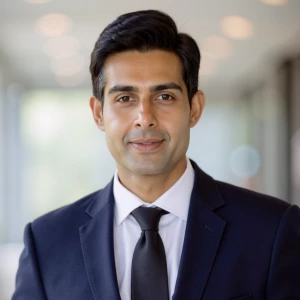Hi! I just try to rebound from a very frustrating experience when interviewing with BCG. I had practiced about 30 cases prior to the interviews, and especially the last 10 practice cases went very well. I always came to the right solution without needing significant help from the case parter. Feedback was also very positive and stable. I had good confidence when walking into the interviews.
During the interviews and cases at BCG I also had a very good feeling, and I finished every case with a clear recommendation. However, the feedback then confused me big time. I was later told that each of my structures covered all areas and where very exhaustive (I have developed more detailed custom structures based on some of the standard frameworks from Case in Point for example), but nonetheless my structuring was perceived "weak in a methodical way". They told me "just outlining the areas is not enough - make clear what you want to analyze!". So what do they mean with this? I told them what I want to analyze! I am at a complete loss here.
I also want to apply to McKinsey and Bain. But after this experience I am unsure if I need to do other/different preparation?
















